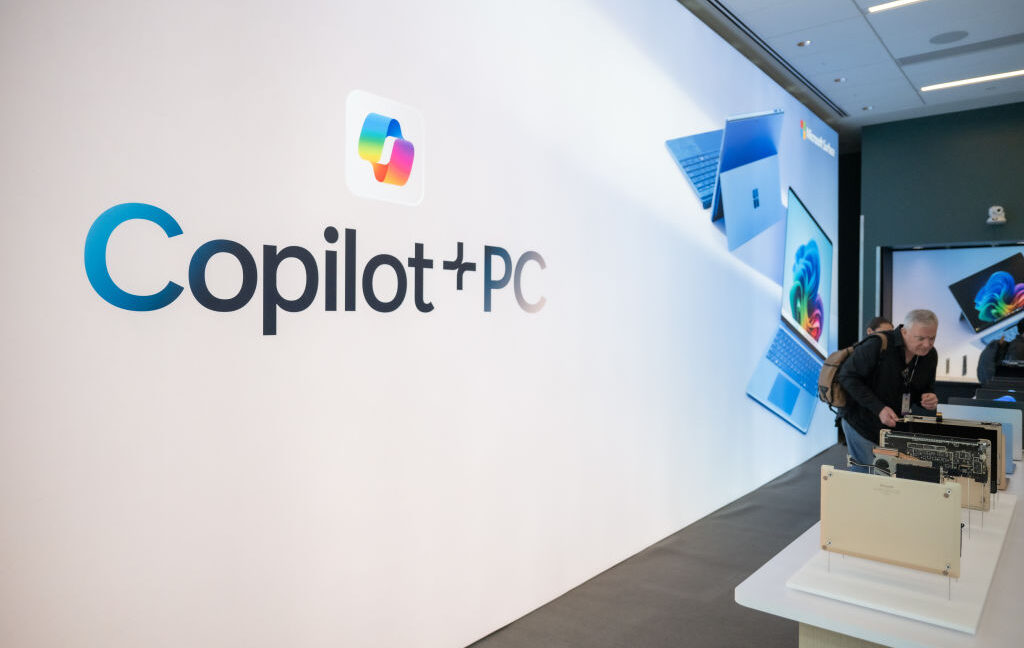Abhishek Sandhir, the managing director of Sand Technologies’ telecommunications division, told Broadband Communities during Connected Britain that AI is here to stay and telecoms must embrace it to remain competitive. He said many operators now aspire to position themselves as tech-focused companies, or techcos, but actual adoption requires action beyond rhetoric.
Sandhir acknowledged a perception that the telecom sector is slower to adopt new technologies. He attributed part of that lag to the capital required for broad technological transformations, noting that investments have historically prioritized building and maintaining new physical infrastructure over AI-driven changes. He emphasized that changing this mindset is key to accelerating progress.
Part of his role is to raise awareness of AI-enabled options that can improve revenue streams and the overall customer experience, from network optimization to personalized services. He argued that without exploring these opportunities, telcos risk falling behind rivals who leverage data and automation to differentiate themselves.
Discussing telcos that resist AI transformations, Sandhir warned they’ll likely perish in time. He pointed to ongoing consolidation and mergers as evidence that boundaries of traditional telcos are fading and the industry must evolve, or risk becoming obsolete. The shift toward AI-driven capabilities is increasingly tied to strategic partnerships and acquisitions.
Sandhir stressed that being at the forefront of technology is not optional but essential for survival in a fast-moving market. The conversation highlighted a broader industry trend toward tech-centric branding, rather than pure telecom services, as operators seek to redefine their competitive edge.
Overall, Sandhir called for balanced investment: ongoing infrastructure upgrades must coexist with AI experimentation to unlock new value for customers and carriers alike. His remarks surfaced in a broader discussion about the future of telecoms and the role AI will play in determining which players thrive versus those that don’t adapt.
















![[AS265466] Golfinho Internet](https://r2.isp.tools/images/asn/265466/logo/image_100px.png)
![[AS266385] TR Servicos de Telecomunicacoes LTDA-ME](https://r2.isp.tools/images/asn/266385/logo/image_100px.png)
![[AS262785] GIGA MAIS FIBRA TELECOMUNICACOES S.A.](https://r2.isp.tools/images/asn/262785/logo/image_100px.png)
![[AS52888] UNIVERSIDADE FEDERAL DE SAO CARLOS (4 probes)](https://r2.isp.tools/images/asn/52888/logo/image_100px.png)
